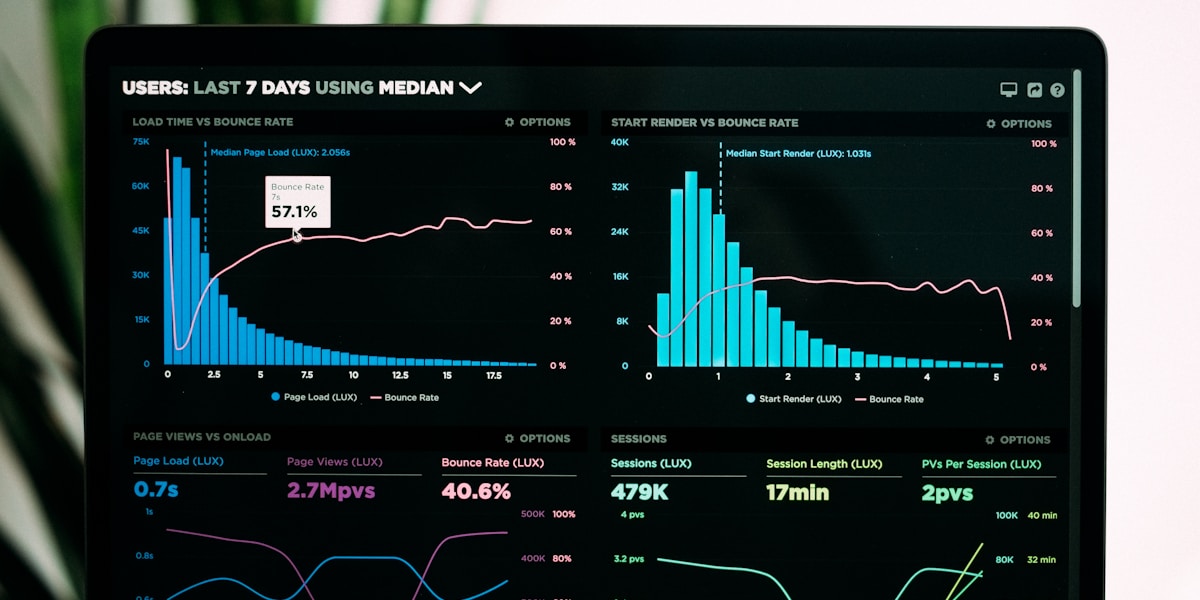There's a massive gap between "the model works in my notebook" and "the model works for real users in production." Here are the hard lessons I've learned bridging that gap.
Lesson 1: Your Training Data Lies
Your carefully curated training dataset is nothing like real-world data. Real data is messier, noisier, and full of edge cases you never imagined. That 95% accuracy in your notebook? Expect it to drop when real users start throwing weird inputs at your system.
Solution: Build extensive input validation. Log everything. Monitor for data drift. And most importantly, make it easy to collect feedback on predictions so you can continuously improve your model with real data.
Lesson 2: Latency Kills Adoption
I've seen great models fail because they were too slow. Users will tolerate some imperfection in predictions, but they won't tolerate waiting 30 seconds for a result. If your model is slow, people will just go back to doing things manually.
We had to completely rearchitect one of our systems, moving from real-time inference to batch predictions for non-urgent cases. For urgent cases, we used a faster (slightly less accurate) model. Users preferred the speed.
Lesson 3: Monitoring is Not Optional
Models degrade over time. Data distributions shift. What worked last month might not work today. You need monitoring that goes beyond "is the service up?"
Track things like:
• Prediction confidence scores over time
• Input data distribution changes
• Model prediction patterns (are you suddenly predicting "other" way
more often?)
• User feedback and correction rates
• Business metrics (the actual impact, not just model metrics)
Lesson 4: Build for Failure
Your ML service will fail. The model will crash. The API will timeout. The upstream data source will go down. Plan for it.
We learned to always have fallbacks: rule-based systems, cached predictions, manual override options. Your ML model should enhance your product, not be a single point of failure.
Lesson 5: Version Everything
Model versions, data versions, code versions, even training configurations. When something goes wrong (and it will), you need to know exactly what was running, what data it was trained on, and how to reproduce or rollback.
We use MLflow for experiment tracking and model versioning. It's not perfect, but it's better than the chaos we had before.
Lesson 6: The Human Element Matters Most
The best technical solution means nothing if people don't trust it or understand how to use it. We spent as much time on user education, clear error messages, and transparency about model limitations as we did on the model itself.
Show confidence scores. Explain predictions when possible. Make it easy to report issues. Build trust gradually by starting with low-stakes predictions before tackling critical decisions.
The Bottom Line
Production ML is 20% model development and 80% everything else: data pipelines, monitoring, error handling, user experience, operational concerns. The sooner you accept that, the better your production systems will be.
Focus on building robust, maintainable systems that solve real problems reliably. The fanciest model in the world is useless if it can't run in production.
